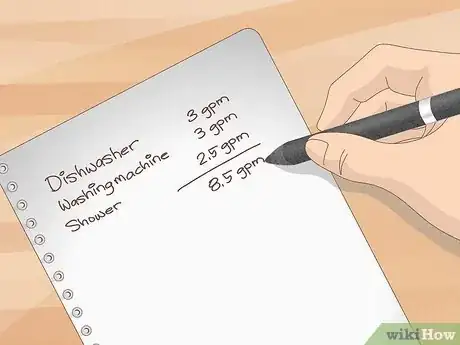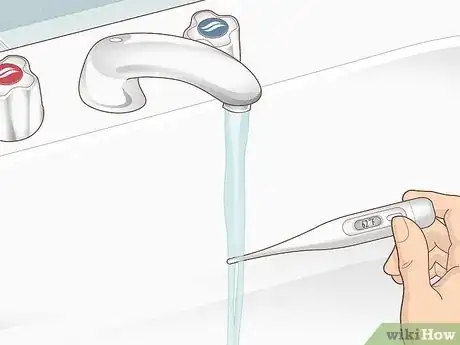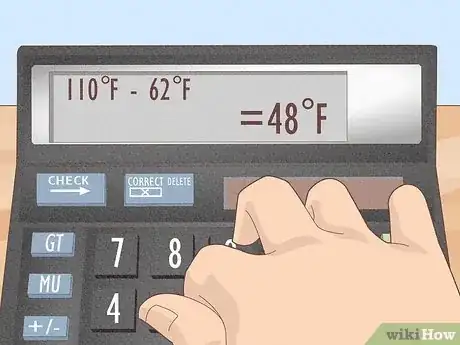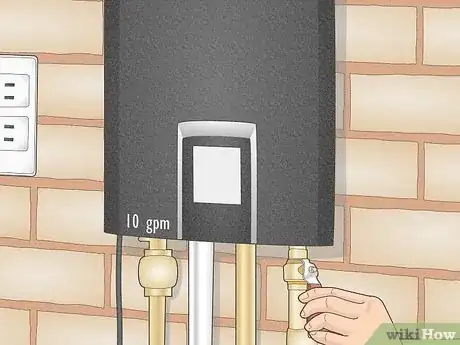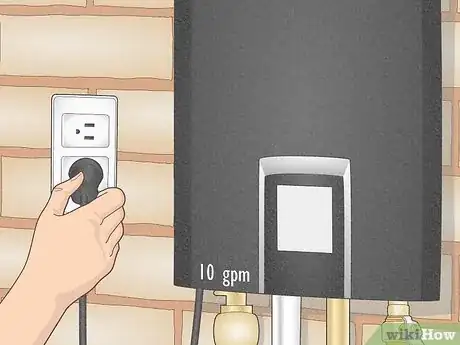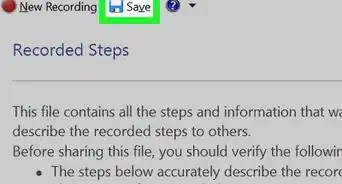This article was co-authored by wikiHow staff writer, Amber Crain. Amber Crain has been a member of wikiHow’s writing staff for the last six years. She graduated from the University of Houston where she majored in Classical Studies and minored in Painting. Before coming to wikiHow, she worked in a variety of industries including marketing, education, and music journalism. She's been a radio DJ for 10+ years and currently DJs a biweekly music program on the award-winning internet radio station DKFM. Her work at wikiHow supports her lifelong passion for learning and her belief that knowledge belongs to anyone who desires to seek it.
This article has been viewed 1,332 times.
Learn more...
If you're in the market for a new tankless water heater, the size you choose needs to be able accommodate your household—but how do you figure out your specific needs? Sizing a tankless water heater is simple once you determine 2 things: your peak hot water usage and required temperature rise. In this article, we'll walk you through the easy process for calculating both of these numbers. Then, we'll show you how to put it all together so you can pick out the right tankless water heater for your home.
Things You Should Know
- Determine which hot water devices you run simultaneously in your home and add the flow rates in gpms together to get your home's peak flow rate.
- On average, the flow rates are: 1 gpm for a sink faucet, 3 gpm for a tub, 2.5 gpm for a shower, and 3 gpm for a dishwasher or washing machine.
- Measure your faucet's cold water temperature with a thermometer. Subtract the cold water temperature from 110 °F (43 °C) to get the temperature rise.
- Look for a tankless water heater that meets your home's needs for peak flow rate and temperature rise. Size charts are listed on all products.
Steps
References
- ↑ https://www.bobvila.com/articles/what-size-water-heater-do-i-need/
- ↑ https://www.energy.gov/energysaver/sizing-new-water-heater
- ↑ https://www.thisoldhouse.com/plumbing/21019184/read-this-before-you-buy-a-tankless-water-heater
- ↑ https://www.bobvila.com/articles/what-size-water-heater-do-i-need/
- ↑ https://www.energy.gov/energysaver/sizing-new-water-heater

